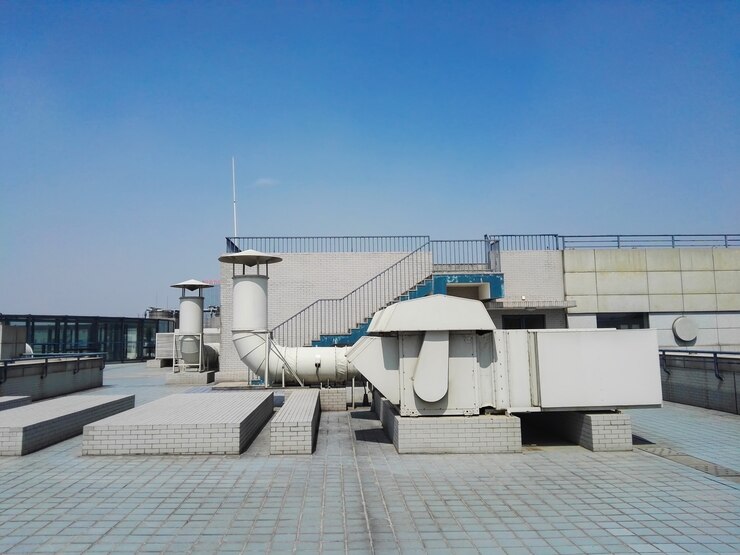Air pollution is a pressing global issue, and industries are continually seeking innovative ways to reduce their environmental footprint. electrostatic precipitator discharge electrode (ESPs) are widely used in industrial settings to capture and remove airborne particulate matter and other pollutants from exhaust gases. Among the critical components of an ESP, discharge electrodes play a pivotal role in the collection process. In this article, we will explore the importance of optimizing discharge electrodes for enhanced air pollution control.
The Significance of Electrostatic Precipitator Discharge Electrodes
Understanding the Basics of Electrostatic Precipitators
Before delving into the details of discharge electrodes, it’s essential to grasp the fundamental operation of Electrostatic Precipitators. These devices rely on electrostatic forces to attract and collect airborne particles from industrial emissions. As polluted gases pass through the ESP, they encounter a series of charged electrodes, including collecting plates and discharge electrodes.
The Role of Discharge Electrodes in Particle Charging
Discharge electrodes, also known as emitting electrodes or corona electrodes, are responsible for generating corona discharges that ionize gas molecules in the ESP. This ionization process charges the particles in the flue gas, enabling them to be efficiently attracted to the oppositely charged collecting plates. Properly designed and optimized discharge electrodes are crucial for creating and maintaining an effective corona discharge, which, in turn, ensures the efficient removal of particulate matter.
Optimizing Discharge Electrodes for Improved ESP Performance
Material Selection and Coating Technologies
The choice of materials for discharge electrodes is critical to their long-term performance. High-quality materials, such as stainless steel or alloys with excellent corrosion resistance, are often preferred. Additionally, advanced coating technologies can further enhance electrode durability and performance in corrosive industrial environments.
Electrode Geometry and Spacing
The geometry and spacing of discharge electrodes are key factors in optimizing ESP efficiency. Proper electrode alignment and spacing ensure uniform electrical fields, preventing particle re-entrainment and improving the collection of fine particulate matter. Engineers must consider these factors when designing or retrofitting ESP systems.
Voltage and Power Supply Considerations
Controlling the voltage supplied to the discharge electrodes is essential for achieving optimal performance. Balancing voltage and power supply with the specific characteristics of the flue gas can lead to improved particle charging and collection efficiency. Smart power management systems can help adapt to changing conditions and maintain peak ESP performance.
Conclusion: Advancing Air Pollution Control through Discharge Electrode Optimization
Optimizing discharge electrodes within Electrostatic Precipitators is a vital step in the ongoing efforts to mitigate air pollution from industrial processes. By selecting the right materials, designing appropriate geometries, and managing voltage and power supply effectively, industries can significantly enhance the performance of ESP systems.

